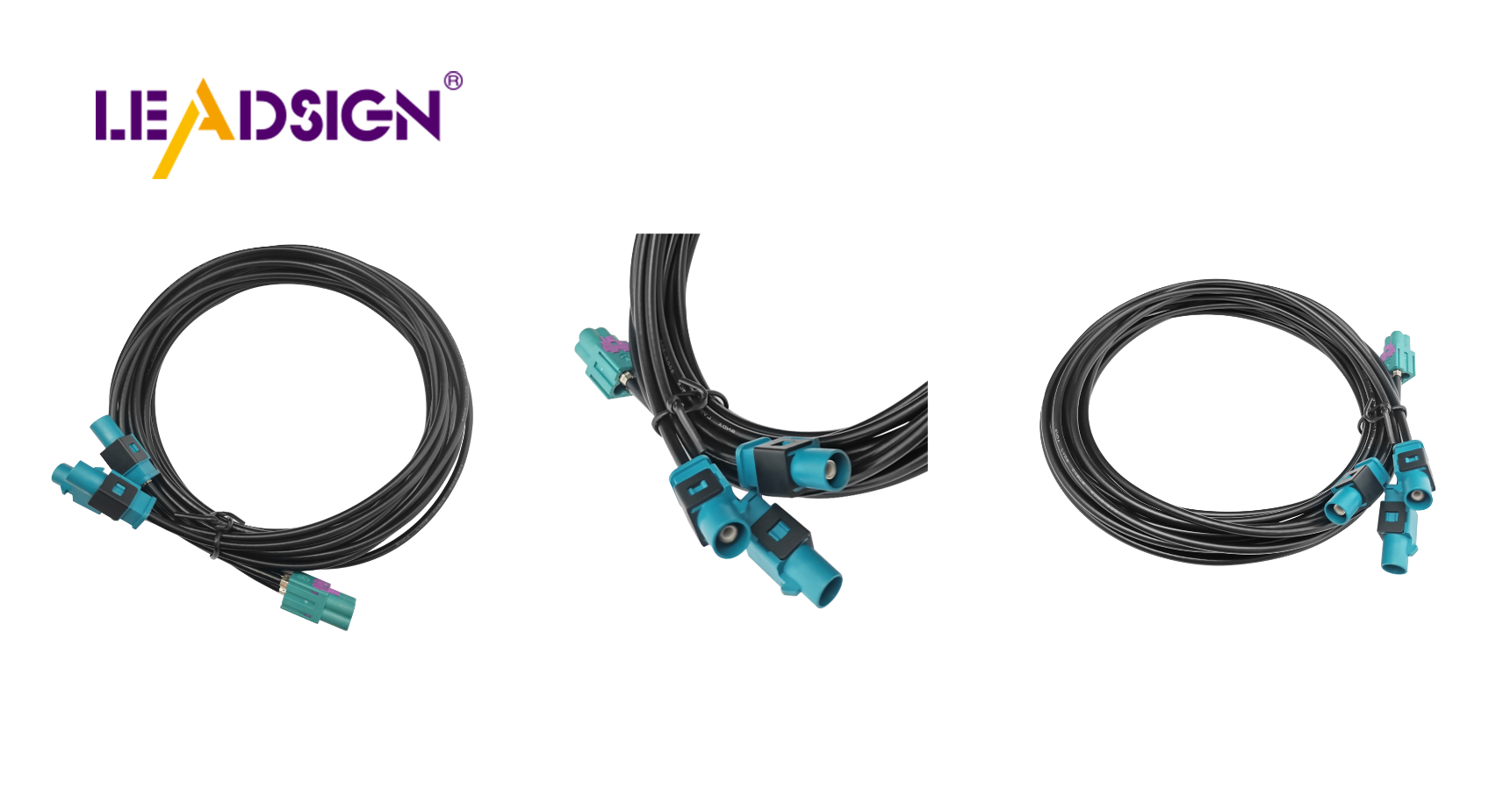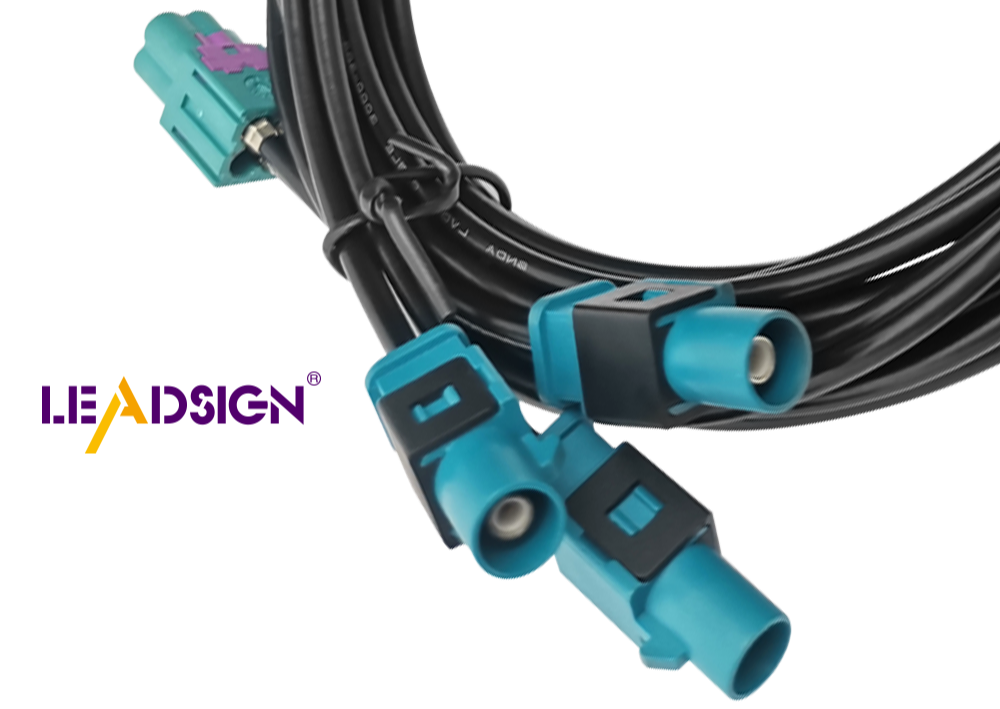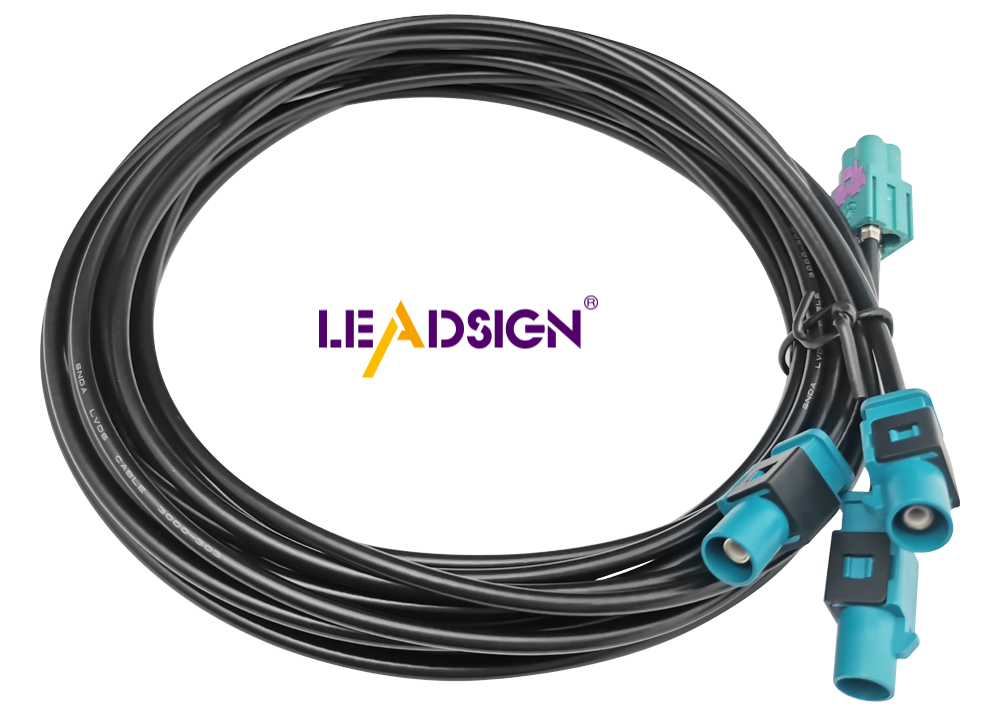How to Identify Automotive Wiring Connector Types for Easy Replacement

Understanding automotive wiring connector types is crucial for vehicle maintenance. These connectors play a vital role in facilitating communication between different components in the car. Identifying the correct automotive wiring connector can sometimes be challenging due to the variety of types and shapes available. Selecting the appropriate connector not only ensures smooth functionality but also prevents potential electrical issues. Acquiring knowledge about automotive wiring connector types enhances the overall performance of your vehicle and simplifies the repair process.
Understanding Automotive Wiring Connector Types

Basic Definitions
What are wiring connectors?
Wiring connectors are small but important parts in a car's electrical system. They connect different electronic parts so they can talk to each other. Without them, signals wouldn't reach where they need to go, causing problems.
Importance in automotive systems
In cars, wiring connectors help all electronic parts work well together. They keep connections strong and stop problems like short circuits or losing power. Knowing about these connectors helps your car run smoothly.
Common Types of Automotive Wiring Connector Types
Blade connectors
Blade connectors are flat metal pieces that fit into slots. They are popular because they are simple and reliable. You find them where a strong connection is needed, like in lights.
Bullet connectors
Bullet connectors look like cylinders and fit into sockets. They make a strong link and are easy to unplug when needed. They're used where quick disconnection is important, like with speakers.
Pin connectors
Pin connectors have pins that go into holes. They're flexible and used in many places, like sensors and controls. Their design makes fixing or changing cables easy.
Connector Materials and Their Impact
Plastic vs. metal connectors
The material of a connector affects how it works. Plastic ones are light and don't rust, good for many uses in cars but not great with heat. Metal ones last longer and handle tough conditions better.
Durability considerations
When picking a connector, think about how long it will last. The place it will be used matters a lot too. For example, if it's wet or very hot, you need strong materials that can take it. Choosing the right one keeps your car's wiring working well for a long time.
Steps to Identify Wiring Connector Types

Finding car wiring connectors can be tricky, but you can learn it. This part will show you easy ways to make finding connectors simple and correct.
Looking Closely at Connectors
The first thing to do is look closely at the connectors. By checking them out, you can find important details.
Spotting shapes and sizes
Look at the connector's shape and size. Car wiring connectors have different shapes like rectangles, circles, or squares. Measure if needed. This helps you find the right one faster.
Noticing color codes
Colors help in knowing connectors too. Many car wiring connectors use colors for their job or fit. Check for any color marks on the connector. These clues tell you about the connector type.
Using Books and Guides
Books and guides are great for finding car wiring connectors. They give lots of info and pictures to help match your connector.
How to use a book well
To use a book well, find where it talks about your connector's shape and size. Match pictures with your connector. Look for special features or marks. Doing this helps you find the right one.
Online help and lists
Online help gives lots of info on car wiring connectors. Websites let you search by pin number, shape, or color. Use these tools to check what you've found and know the connector type better.
Tips for Finding Right Connectors
Finding the right car wiring connectors needs careful looking and good tools.
Mistakes not to make
Don't miss small things or think all connectors are alike. Each has its own job, using wrong ones causes problems. Check again before choosing a match.
Tools that help in finding
Some tools help in finding car wiring connectors. A magnifying glass shows tiny details; calipers measure sizes well; pin removal tools let you see inside parts safely. These tools make finding easier.
By doing these steps and using resources, you'll know car wiring connectors well. This makes changing them easy and keeps your car's electric system safe.
Tips for Easy Replacement of Connectors
Changing car wiring connector types may seem hard, but you can do it easily with the right steps. Follow these tips for a smooth replacement.
Getting Ready to Replace
Before starting, get ready first.
Collecting needed tools
You need good tools to replace connectors well. Get wire cutters, crimpers, and a multimeter. These help you work carefully without breaking things.
Staying safe
Safety is very important. Unplug the car battery to stop shocks. Wear goggles and gloves to stay safe from accidents. Connector Experts Team says, "Always be safe to avoid problems when replacing."
Steps for Replacing Connectors
When ready, follow these steps to change connectors right.
Taking out the old connector
Find the old connector you want to change. Carefully pull it off the wires. Use a pin tool if needed so wires don’t break. Remember how it fits for easy putting back.
Putting in the new connector
Now take the new connector and match it with wires. Put wires in right places snugly. Use crimpers to hold them tight. This keeps connections strong and stops future troubles.
Checking and Testing
After putting in, testing makes sure all works well.
Making sure it's connected right
Connect the car battery again and test new connector. Use a multimeter to see if electricity flows fine. This checks that connection is good and working okay.
Fixing common problems
If there are issues, don't worry. Look for loose or wrong wires placed wrongly. Go over steps again if needed to find mistakes. Connector Experts Team advises, "Fixing problems is key; take time to make sure all's correct."
By using these tips, changing car wiring connector types becomes easier. Good prep, careful work, and checking keep your car’s electric parts working well.
Knowing car wiring connectors is important for your car's electrical system. By learning this, you keep things working well and avoid problems. Practice often to get better. Try crimping or soldering to see what you like. A good crimp is usually stronger than the wire. If unsure, ask an expert for help. Companies like Connector Experts can help pick the right connector. Handling connectors carefully keeps you safe and makes car parts last longer.
See Also
Exploring Ford Fakra Connectors: A Comprehensive Overview
Essential HSD Connectors in Automotive Sector Demystified
In-depth Analysis of HSD Connectors in Various Applications
Significance of Fakra Connectors in Contemporary Automobiles
Crucial Role of FAKRA Connectors in Auto Industry Implementations

